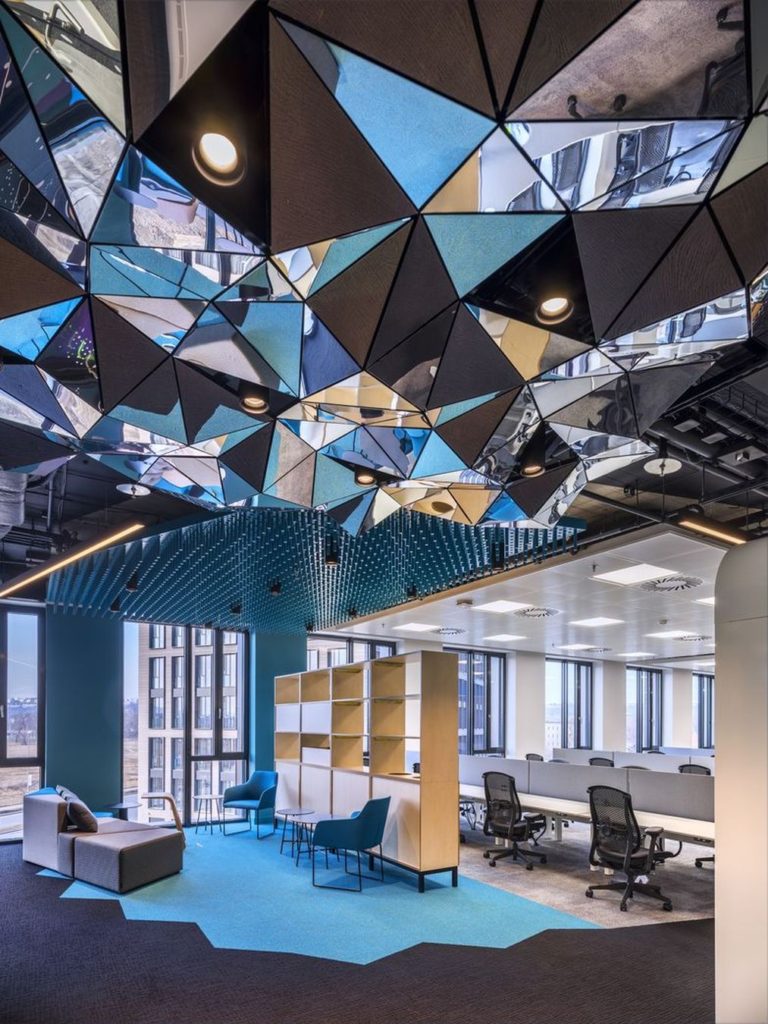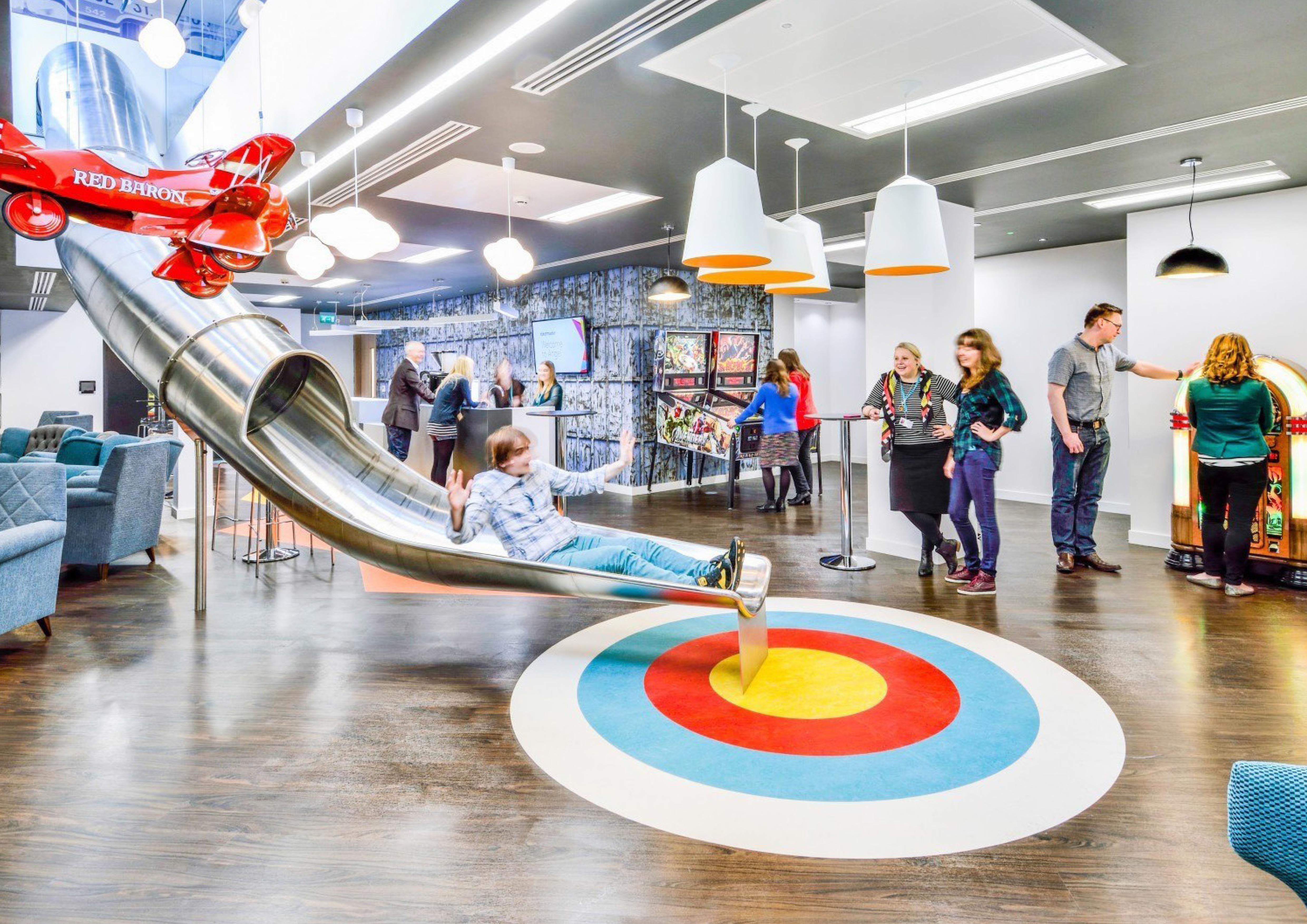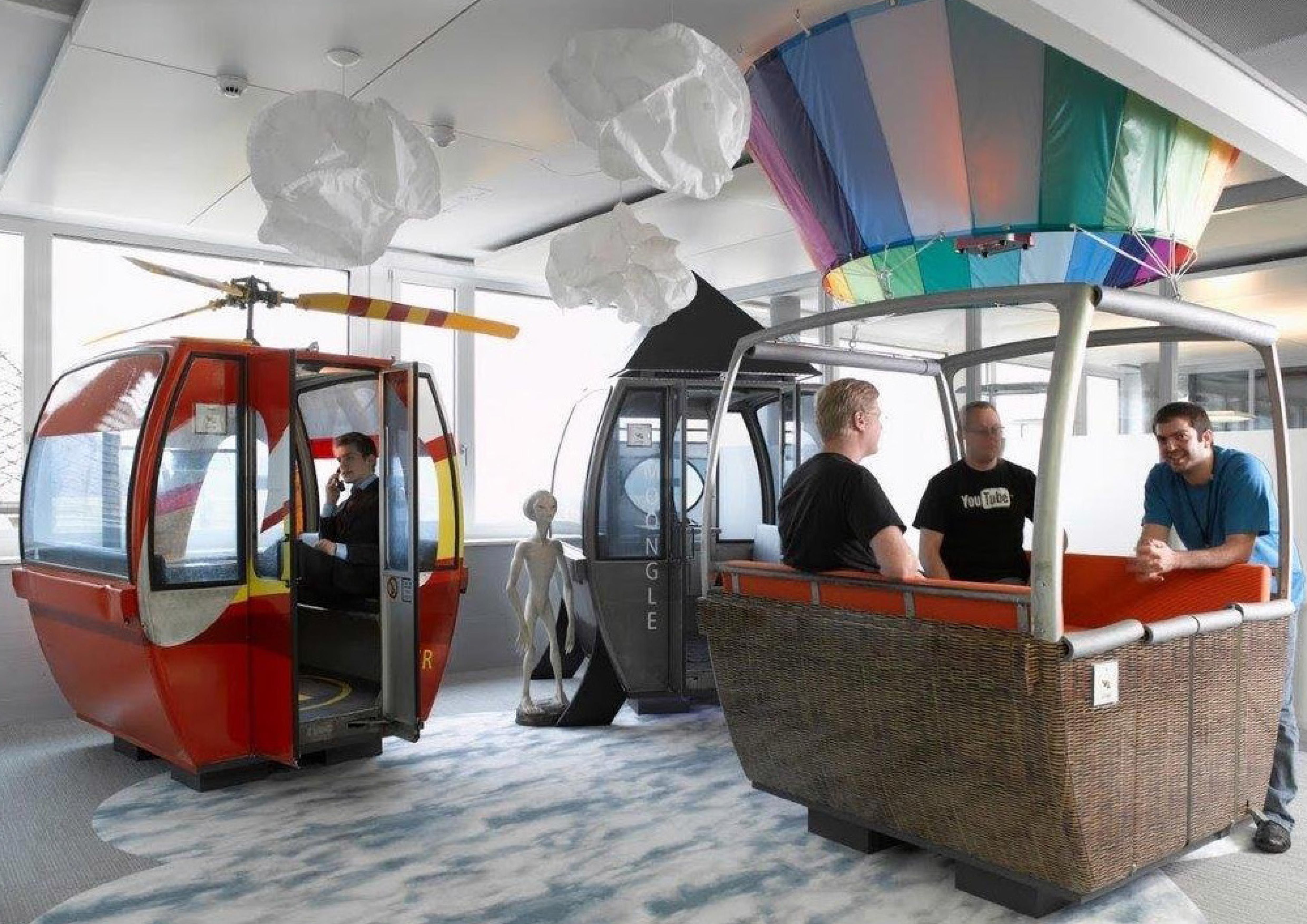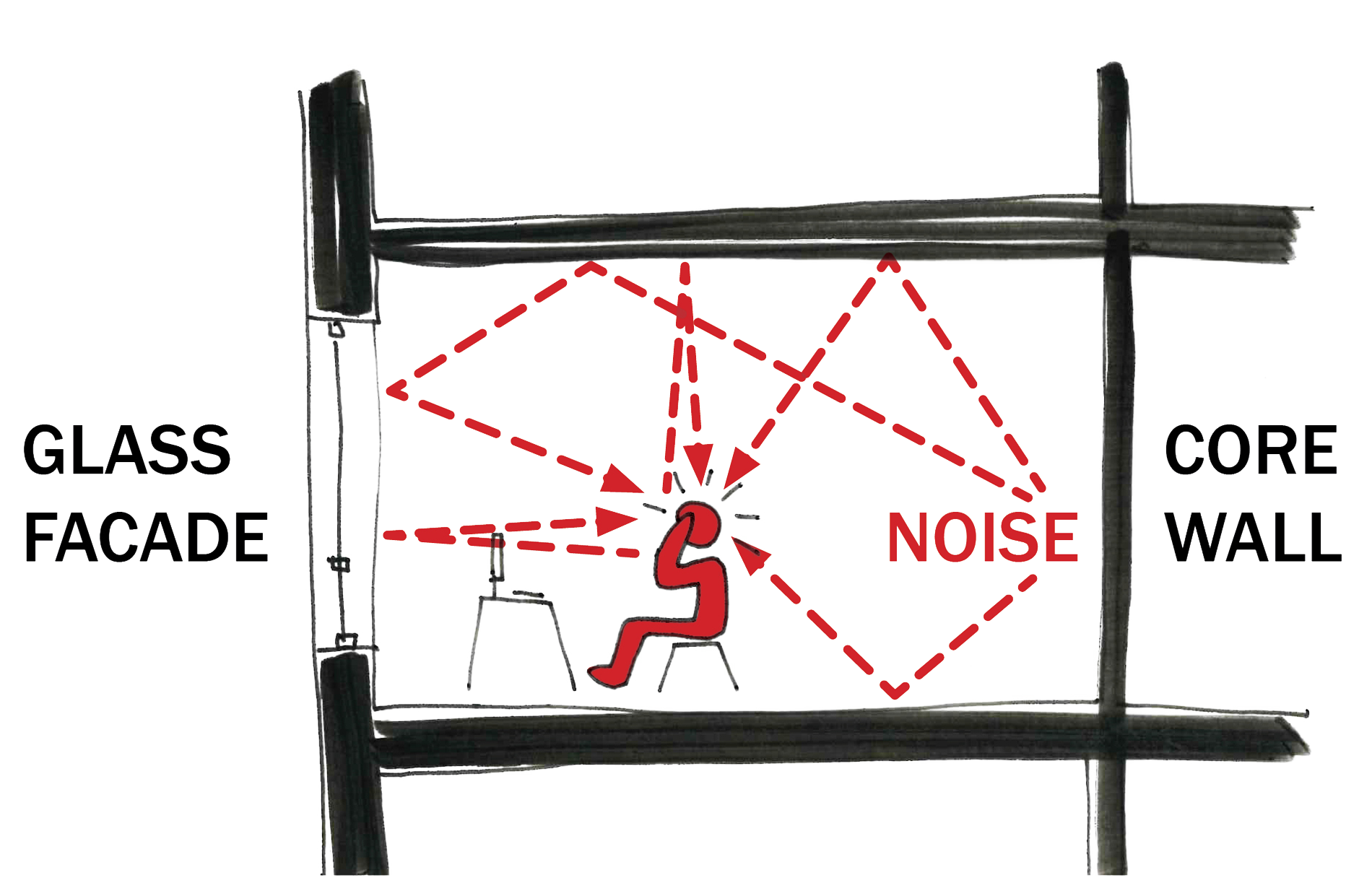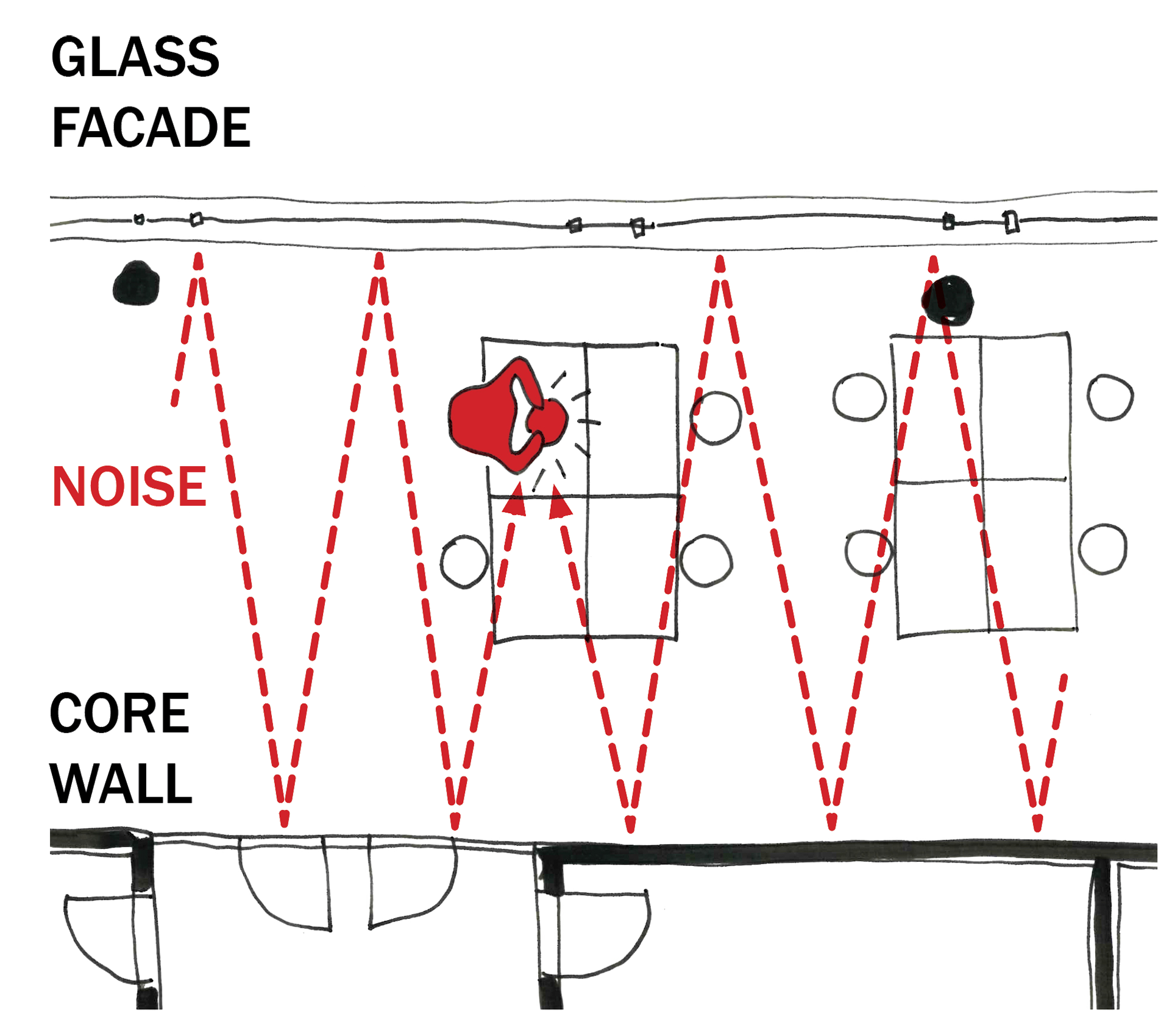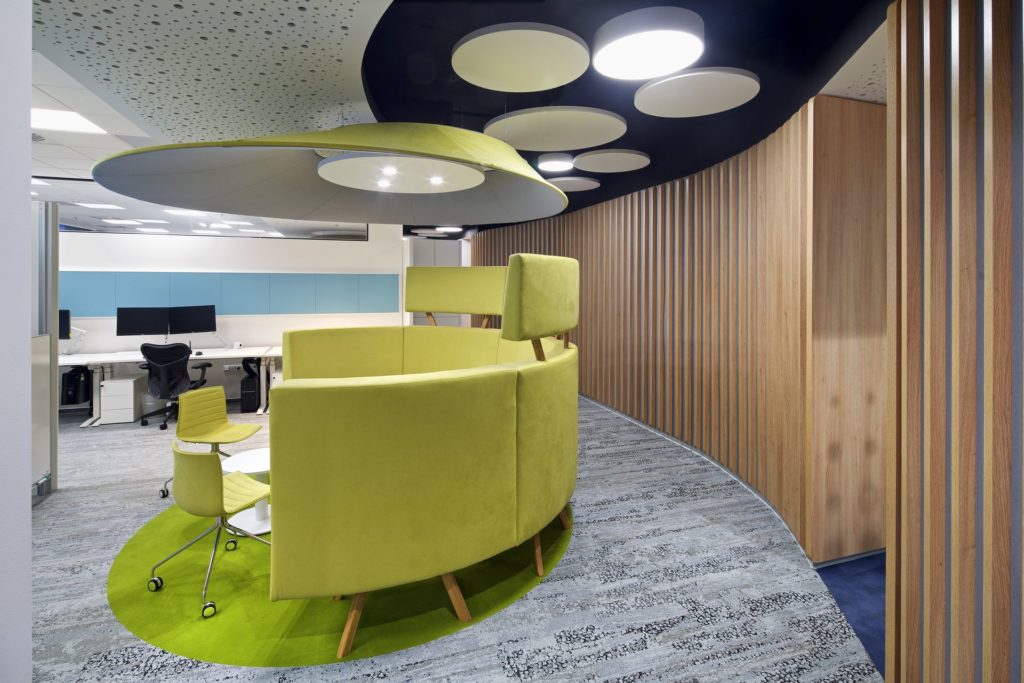With the commencement of vaccine rollout programmes, it seems that we may be turning a corner in the fight against the corona-virus. This raises the possibility that a return to work in offices could be on the horizon. The pandemic has provided an opportunity to take time out and review how we go about designing better environments and not least to ask what kind of workplace we want to return to.
With so many of us working from home those lucky enough to have the space and environment to work effectively might well have perceived advantages to home office that go far beyond the time saved in not having to commute or a daily fight with a broken coffee machine.
Some may also be feeling that their home work space actually functions better than the one they left behind many months ago. Perhaps even one in which they are able to get more work done and is actually healthier for them.
Over the past few years, the office landscape has been transformed. Gone are the endless tired cubicles in fields of open plan, having been replaced by a new vocabulary of expressive and visually delightful bespoke interiors with their telephone booths, relax zones, meeting pods and work cafes.
Architects and interior designers have been falling over themselves to create ever more unique and inspirational work environments.
During this period however we have seen award-winning projects which, whilst being visually stunning, are almost impossible to work in. For example; conference and meeting rooms with raw concrete ceilings and glass walls.
All very trendy and ‘instagramable’, and don’t get me wrong, I’m also a fan of exposed concrete surfaces, however, it needs to be used appropriately. In this instance, the room failed in its basic function as the acoustics were so bad that it was not possible to hold a meeting for more than a few minutes.
Years ago nearly all offices had the much maligned, modular acoustic ceiling. Although ugly, this hid the ‘mess’ of pipes and wires above the ceiling but crucially improved the acoustics within the workspace. This was important because the typical office building has long flat and hard surfaces which are often parallel to each other (external glass wall and internal core walls) and carpet tiles with low sound absorptive characteristics.
In recent years the tendency has been to omit these ceilings. As designers, this gives us the freedom to create much more interesting spaces with added height not to mention the reduced fit-out costs. The drawback is that space acoustics still has to be dealt with if spaces are to be comfortable and productive to work in. We are seeing that attention is being given to acoustically treat particular spaces such as telephone booths or concentration rooms, however too often it is in the open spaces where most people work where this is being neglected (whether by design or lack of funds).
Consequently, clients are calling us to advise on the retro-fitting of acoustic measures to make spaces more usable. This comes at a significant cost; retro-fitting is always more expensive than getting it right the first time.
Noise and poor acoustic environments affect people not only by diminishing our abilities to concentrate and be productive but more fundamentally at the unconscious level as a stressor. The acoustic consultant Julian Treasure sums this up excellently in his TED talk.
Unfortunately, as we can’t see sound its negative effects can easily be overlooked and ignored. Too much concentration on visual stimuli and not enough on acoustic design has led to poor outcomes. Not all of us are affected to the same extent and it has been shown that extraverts tend not to perceive poor acoustic environments as strongly as introverts do. However, as introverts make up to 50% of the population there is really no excuse for not creating better acoustic environments for all.
At IBA, this is something that we give the highest priority, and often it is the acoustic solution that is the starting point from which the rest of the workplace design can follow. These principles were highlighted in our work for SCS Software, CBRE, Amazon and Oracle.
What is clear is that some (but by no means all), will be returning to the workplace from home working environments which will have been less stressful and more comfortable than their actual workplaces. Much of this will have been down to acoustics even if this is felt only unconsciously. As people get used to working in various locations (including the home) they will become more sensitive to the quality of those environments and will have greater freedom to work where they wish.
The challenge for the workplace will be to put people’s needs at the centre of priorities and by focusing on creating supportive environments that are more than funky interiors.
Central to this should be attention to acoustics and to the creation of workplaces which don’t just look good but most crucially, also SOUND good.
